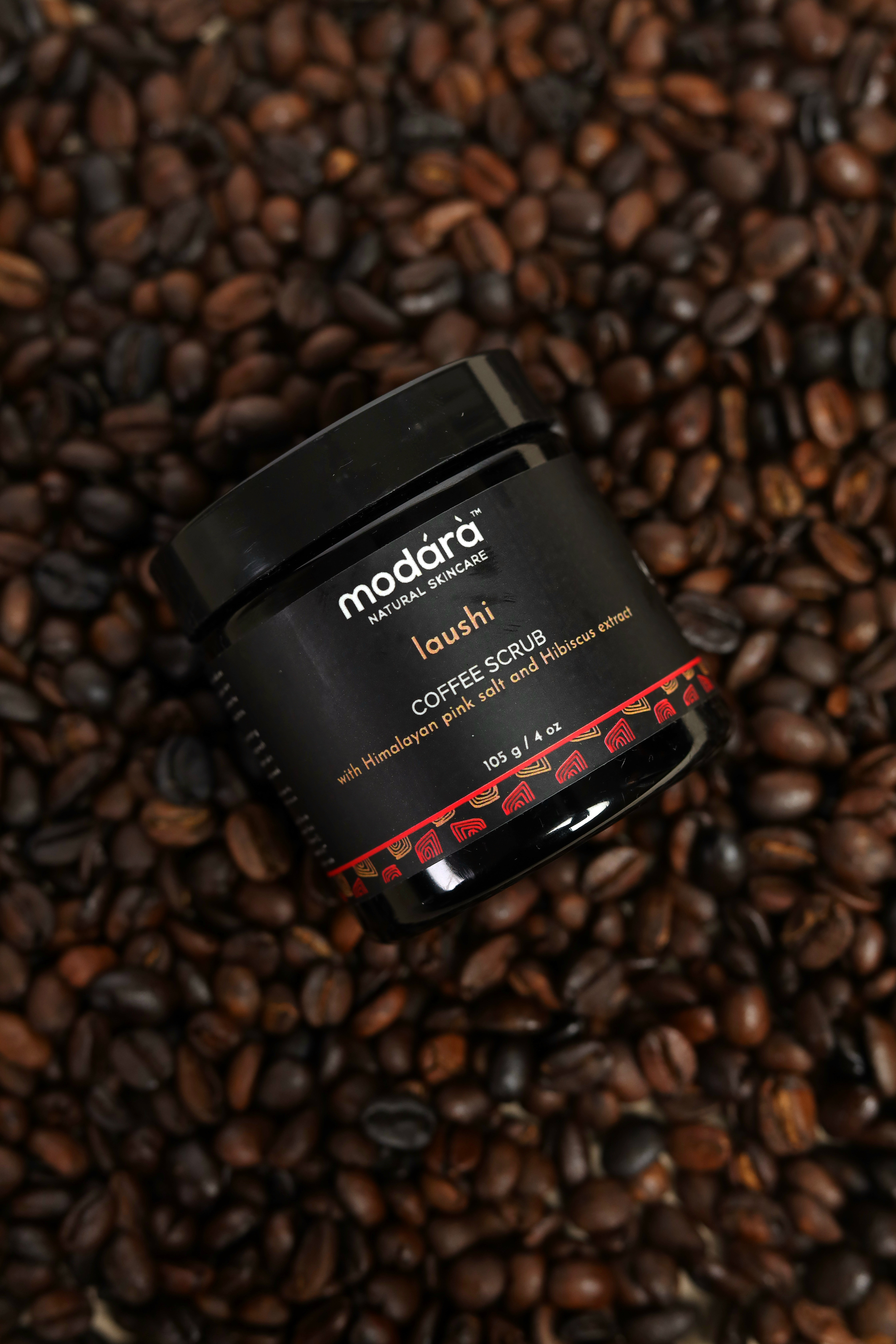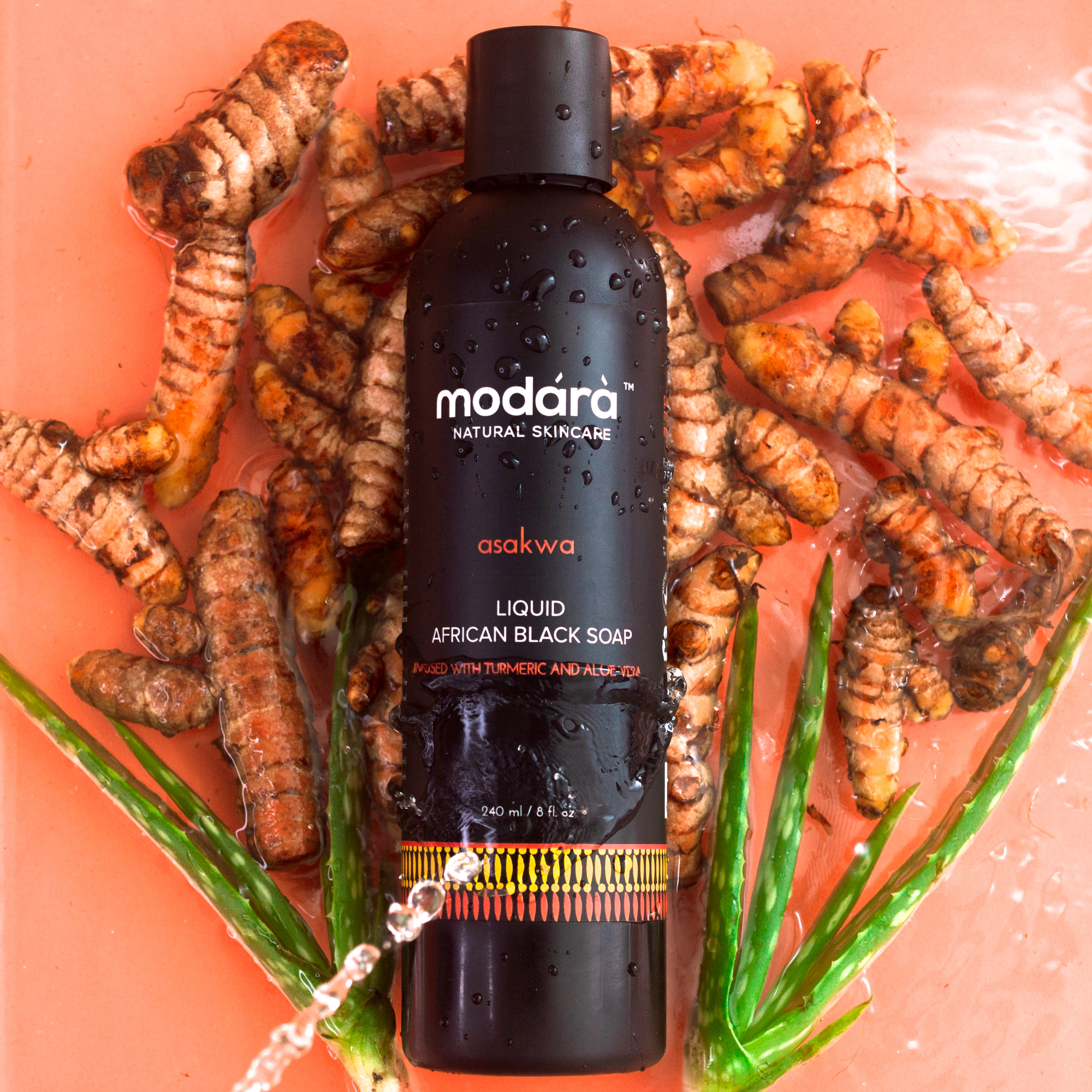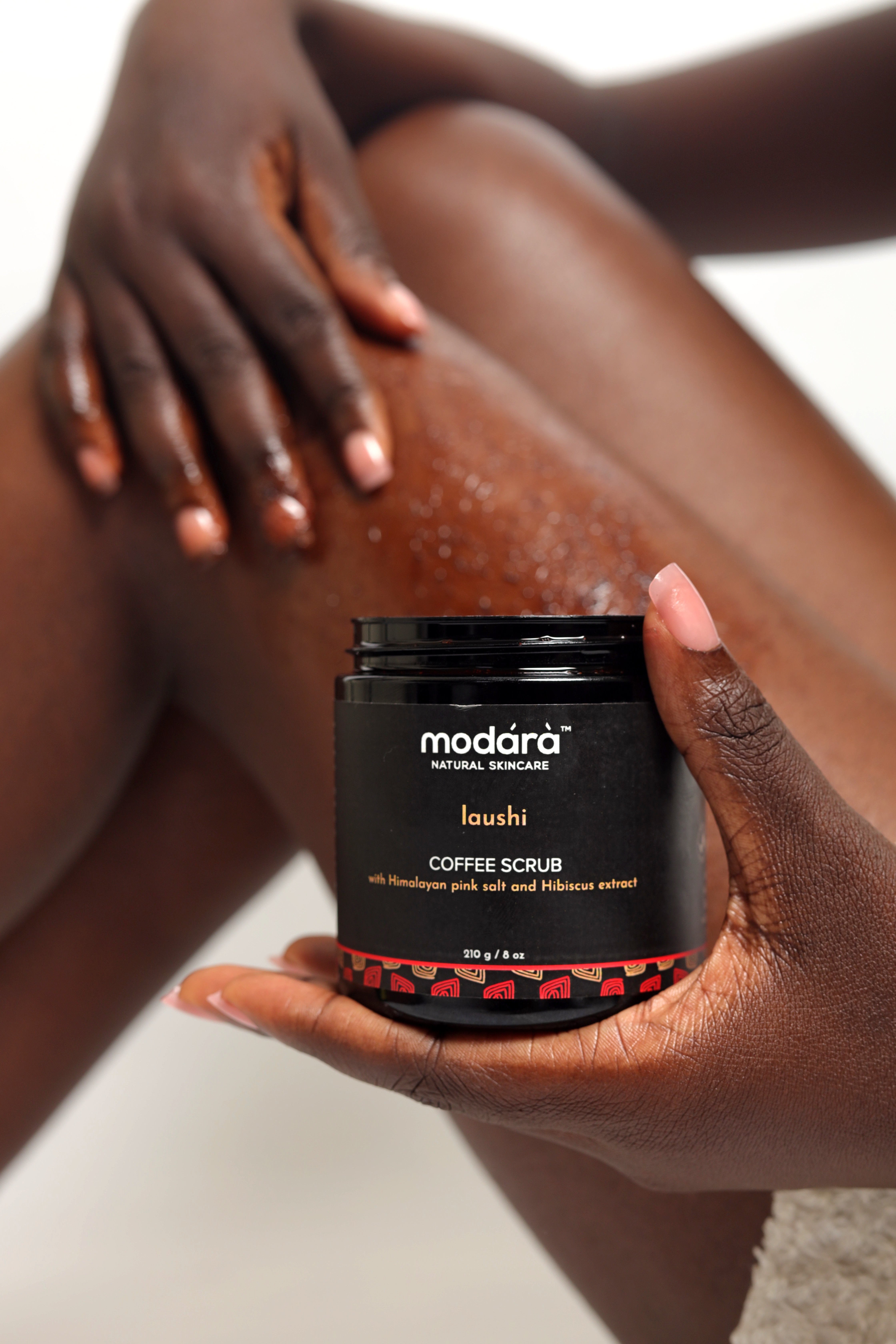To many, exfoliating might feel like a bonus step in your routine, but knowing when and how to exfoliate is essential if you’re aiming for smoother texture, an even skin tone, and a long-lasting glow.
Let’s break down why you should exfoliate regularly, how often to do it, and which methods are safest for your skin type.
What Does It Mean to Exfoliate?
To exfoliate means to remove dead skin cells that naturally accumulate on the skin’s surface. When left untouched, these cells build up, leaving skin dull, rough, and more prone to breakouts.
There are two main types of exfoliation:
-
Physical exfoliation: Uses gentle scrubs to manually lift away dead cells.
-
Chemical exfoliation: Uses acids like AHAs or BHAs to dissolve dead skin at a cellular level.
🔗 Learn more about how exfoliation works
Why You Should Exfoliate
Regular exfoliation offers more than a surface glow. It creates the foundation for healthier skin by:
-
Encouraging cell turnover for fresher-looking skin
-
Unclogging pores and reducing breakouts
-
Smoothing texture and softening rough patches
-
Allowing moisturisers and oils to absorb more effectively
When you exfoliate, your skincare products work better—and your skin looks clearer and more radiant.
How Often Should You Do It?
There’s no one-size-fits-all rule, but here are general guidelines:
-
1–2 times a week is ideal for most skin types
-
Avoid exfoliating broken, sunburned, or inflamed skin
-
Always moisturise after exfoliating to restore hydration
Doing it too often—or too aggressively—can damage your skin barrier. Gentle and consistent wins the race.
Natural Ways to Exfoliate Safely
If you prefer plant-based skincare, there are effective natural options that get the job done without irritation:
-
Coffee scrub: Boosts circulation and removes dead skin buildup while leaving a smooth feel
-
Oat or sugar scrubs: Gentle enough for sensitive skin, especially when combined with soothing oils
Best Practices When You Exfoliate
-
Use exfoliating scrubs in the shower, when your skin is soft and pores are open
-
Apply with light pressure; you don’t need to scrub hard
-
Always follow with a hydrating product, like shea butter or body oil, to lock in moisture
-
Avoid mixing exfoliants with strong actives like retinol or Vitamin C on the same day
Final Thoughts
When done correctly, to exfoliate is to renew. It reveals softer, clearer skin, boosts the effects of your moisturisers, and leaves your complexion looking alive, not just clean.
Exfoliation isn’t about stripping your skin; it’s about caring for it mindfully. Just once or twice a week can completely transform your skincare results.






